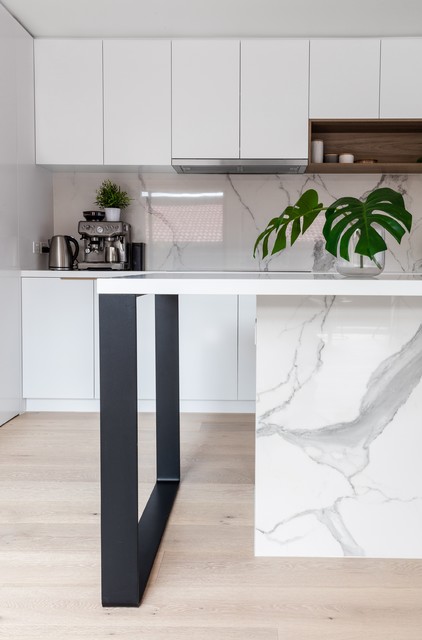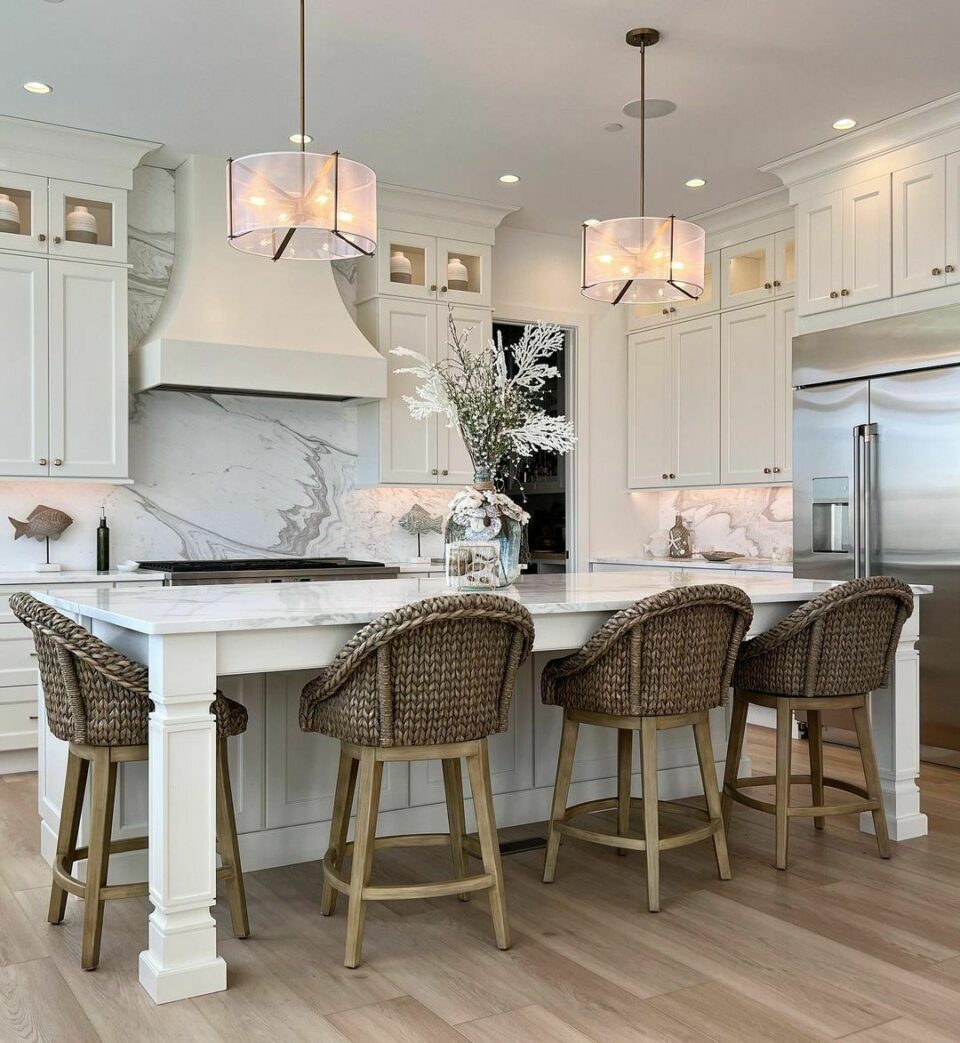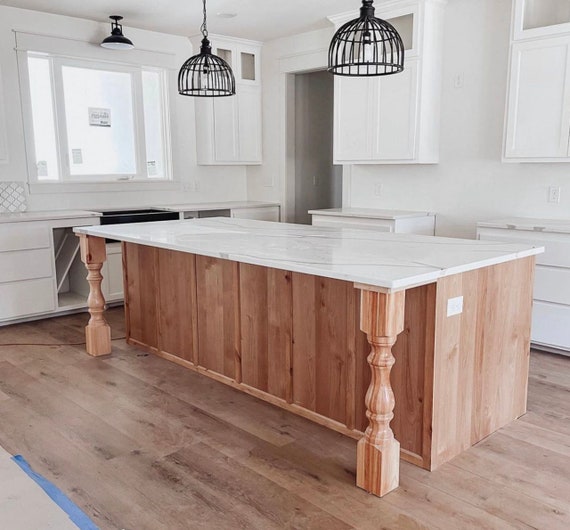Stylish Kitchen Island Leg Ideas to Raise Your Kitchen Design
Wiki Article
The Value of a Sturdy Kitchen Island Leg in Developing a Functional Cooking Area
A tough cooking area island leg offers as an essential component in developing a useful food preparation atmosphere, supplying necessary support for both the counter top and numerous cooking area activities. The stability it supplies can considerably minimize the threat of crashes in high-traffic areas, while also adding to the general visual coherence of the area. As kitchen areas advance right into multifunctional areas for cooking, dining, and socializing, the choice of products and layout considerations for island legs becomes progressively crucial. Recognizing these elements can transform your kitchen right into a more secure and extra effective area, prompting further expedition right into the most effective alternatives readily available.Benefits of Sturdy Island Legs
Offering important support, strong kitchen area island legs play a critical duty in enhancing the capability and resilience of cooking area islands - kitchen island leg. These legs not just birth the weight of the kitchen counter and any kind of additional products put on the island, however likewise contribute to the total stability of the framework. A well-supported cooking area island ensures that it continues to be upright and functional, also under heavy usage, which is particularly crucial in busy cooking area environmentsIn addition, strong island legs can boost the aesthetic allure of the kitchen area. They provide a solid structure that can match various layout styles, from contemporary to traditional. This versatility enables property owners to personalize their kitchen islands according to individual preference while making sure that the architectural stability remains uncompromised.
Along with their helpful role, durable kitchen island legs can additionally enhance safety. A secure island minimizes the danger of crashes triggered by tipping or tottering, which is particularly vital in homes with youngsters or senior individuals. Solid legs can facilitate a seamless flow of tasks, allowing for efficient meal preparation and social communications within the cooking area space. Eventually, buying durable kitchen island legs is important for a practical and visually pleasing cooking location.
Materials for Cooking Area Island Legs
When picking products for cooking area island legs, resilience and aesthetic allure are essential variables to take into consideration. The most common materials include hardwood, metal, and engineered wood, each offering special benefits.Wood, such as oak, maple, or cherry, is a timeless option because of its strength and classic elegance (kitchen island leg). It can stand up to considerable weight and is resistant to wear, making it ideal for high-use cooking area settings. Furthermore, wood can be tarnished or repainted to match various cooking area designs
Steel legs, commonly crafted from stainless steel or functioned iron, give a modern-day and industrial appearance. They are exceptionally strong and can sustain considerable loads while being resistant to wetness and warmth, which is advantageous in a cooking area. Steel legs can additionally be conveniently cleaned, enhancing their functionality.

Design Considerations for Stability
The option of materials for kitchen island legs straight affects the style considerations for stability. When developing a cooking area island, it is paramount to review the weight-bearing capacity of the selected products. Heavier materials, such as strong wood or metal, usually provide higher security, especially under the stress and anxiety of daily usage.Additionally, the leg style must integrate correct geometry to improve security. A larger base boosts the support area, reducing the threat of tipping or wobbling. Consideration ought to likewise be provided to the height of the legs; out of proportion leg lengths can lead to discrepancy, endangering the general security of the island.
Additionally, the circulation of weight across the island is important. Guaranteeing that the leg positioning lines up with the heaviest parts, such as countertops and appliances, will certainly even more boost stability.
Upkeep Tips for Durability

Cleaning is an additional vital aspect of upkeep. Relying on the material of the legs-- whether wood, steel, or composite-- appropriate cleansing approaches must be employed. For wood legs, a mild wipe with a wet cloth and an ideal wood cleaner will aid maintain their coating. Metal legs might require a light polish to avoid rust and preserve their appeal.
In addition, tightening up screws and screws consistently can ensure stability and prevent wobbling. Think about strengthening the legs with added braces or sustains to improve toughness if the kitchen area island experiences heavy use. Using a safety surface or sealant can safeguard versus dampness and spots, extending the life expectancy of the legs. By complying with these upkeep ideas, house owners can guarantee their cooking area island legs continue to be durable and practical for several years ahead.
Choosing the Right Leg Design
Routine upkeep makes sure that kitchen area island legs stay functional and strong, yet selecting the best leg design is equally vital for both visual appeals and support. The choice of leg design can dramatically influence the general design and harmony of your kitchen area.
Performance resource is an additional crucial facet. Thicker legs or those with a durable base can sustain larger countertops and equipment, improving the island's energy. Alternatively, slim legs might develop a ventilated appearance, suitable for lighter designs however possibly much less encouraging.
Conclusion
In recap, the significance of sturdy kitchen island legs can not be overstated in the creation of a functional cooking area. These legs provide necessary assistance, enhance security, and add to the general aesthetic of the kitchen.A more information tough cooking area island leg offers as a basic part in developing a functional food preparation environment, offering required support for both the kitchen counter and different kitchen tasks.Giving essential assistance, strong kitchen island legs play a crucial role in boosting the functionality and longevity of kitchen area islands. Inevitably, investing in tough kitchen island legs is necessary for a functional and aesthetically pleasing cooking location.
Consideration must also be provided to the elevation of the legs; disproportionate leg lengths can lead to inequality, compromising the general security of the island.
Wooden legs supply heat and a classic look, while steel legs offer a modern-day and industrial feel.
Report this wiki page